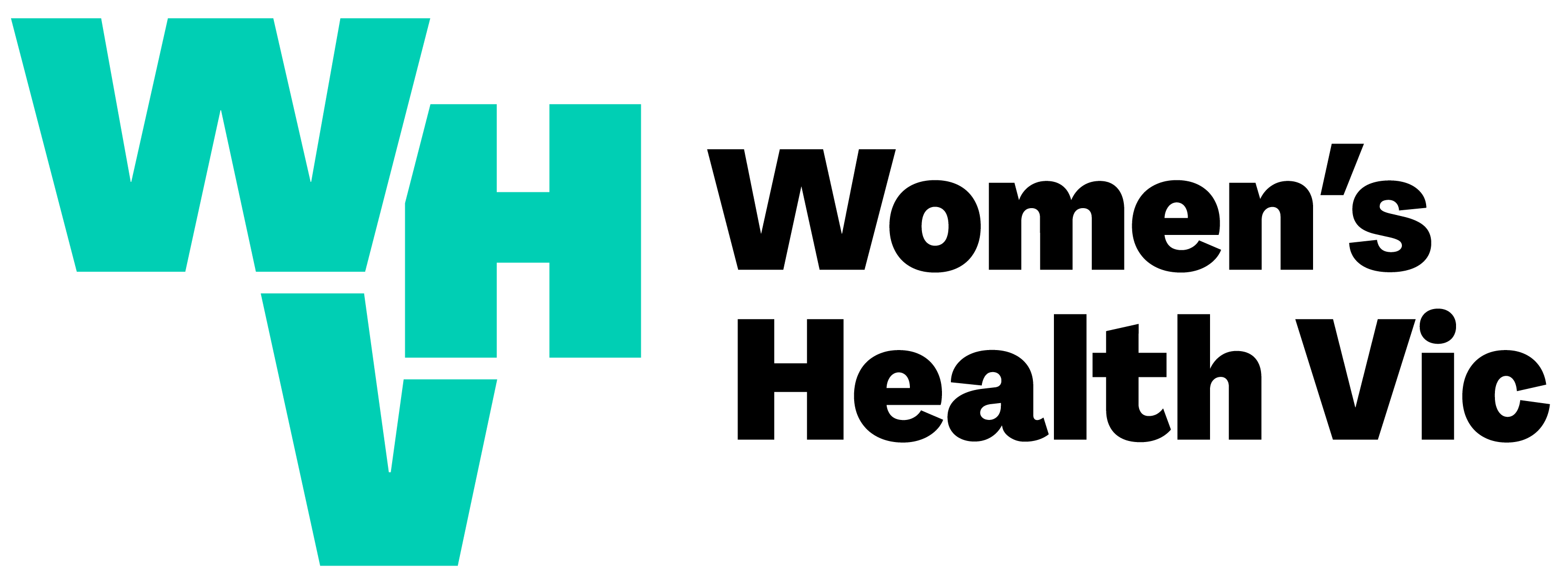Women and pain
A number of biological and psychosocial factors contribute to women’s different experience of pain. This Clearinghouse Connector features a number of free resources focussing on women and pain.
Pain is a complex and subjective experience that is often not visible. Women report more pain-related conditions than men and are the majority of those presenting with chronic pain. Studies show that women have a higher sensitivity to and lower tolerance of pain than men. Women report clinical pain as more intense and with more frequent episodes compared to men as well as having greater sensitivity to painful stimuli in clinical experiments.
Women’s overrepresentation in pain conditions could arise from the interaction of biological, psychosocial and sociocultural factors. Emerging research suggests that women may process pain through different immune cells from men. Psychosocially, women are also more likely to have higher levels of depression and anxiety which is linked to increased risk of pain.
Gendered norms play a role in reporting bias, as learned masculinity encourages stoicism and is associated with higher reported pain thresholds.
Studies confirm that women’s pain can be normalised by health professionals and as a result, they are less likely to have their pain taken seriously. The absence of diagnosis and a desire to conceal pain can lead to isolation.
Drug trial exclusion, discussed in our previous Connector, has led to a lack of research on effective treatment for women’s pain.
Women's Health Victoria (2016) Women and pain. Women's Health Victoria. Melbourne. - (Clearinghouse Connector; Sep 2016)





